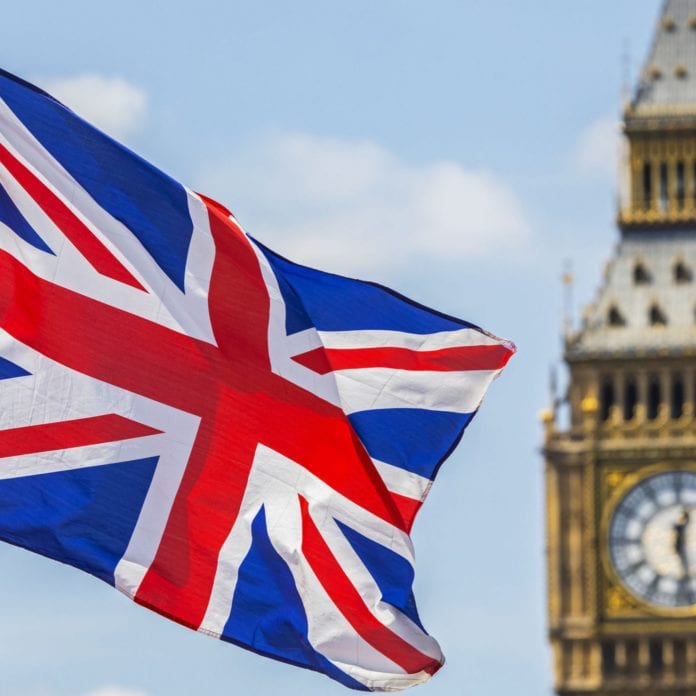EE said that the new small cells are improving 4G coverage in cities including Birmingham, Brighton and Sheffield
U.K. mobile operator EE said it has already deployed over 600 small cells across the country to boost 4G coverage.
In a release, the carrier said a total of 411 new small cell installations are now delivering enhanced capacity in high demand areas, including in major cities such as Birmingham, Brighton and Sheffield.
Other new locations to benefit from EE’s ongoing small-cell deployment include the cities of Swansea, Leicester, Coventry, Wolverhampton, Southampton and York, EE said.
The carrier explained that these small cells are taking advantage of existing street assets, such as BT’s red telephone boxes, to help enhance street-level mobile coverage in busy areas—places where it isn’t possible to build larger sites, such as city centers and transport hubs. EE also said that small cells are being installed on structures such as the phone boxes, lamp posts and CCTV columns.
The carrier said that the sites that require the installation of small cells are identified via advanced network analytics, which highlights specific locations that would most benefit from the performance boost enabled by a small cell. Then, working with Nokia, EE deploys a 4G small cell solution which couples its licensed 1800 MHz and 2.6 GHz spectrum with unlicensed 5 GHz spectrum.
James Hope, director of mobile radio access networks at EE, said: “As demand for data continues to rise, small cells are becoming an increasingly integral part of our mobile network. Our partnership with Nokia ensures customers continue to benefit from our fastest 4G speeds even at the busiest times and in the most congested of locations.”
EE also said it will continue its network investment to deploy hundreds of additional more small cells across the U.K. in the coming months, both in existing and new towns and cities.
Last year, EE had announced its first phase of small cell deployments, which brought additional 4G capacity to cities including Leeds, London, Manchester, Newcastle, Edinburgh, Glasgow, Liverpool, Nottingham and Scarborough.
EE had previously announced its 5G network has already reached 60% population coverage in the country. EE initially launched 5G technology in London, Edinburgh, Belfast, Cardiff, Birmingham and Manchester in 2019. Other large cities in which the telco offers 5G coverage includes Bristol, Covently, Hull, Leeds, Leicester, Liverpool, Newcastle, Nottingham, Sheffield and Sunderland.
To reach its current 5G coverage, EE used its 700 MHz 5G spectrum to offer indoor and wider rural coverage. EE secured 2×10 megahertz of paired frequency spectrum in the 700 MHz band at a cost of £280 million (currently $352 million); 20 megahertz of supplementary downlink spectrum in the 700 MHz band at a cost of £4 million; and 40 megahertz in the 3.6-3.8 GHz band for £168 million.
In September 2022, EE said it was deploying ultra-lightweight radio technology supplied by Ericsson with the aim of improving 5G energy efficiency and network performance across its footprint.
Last year, EE claimed to be the first European network to successfully aggregate a 5G signal using seven different spectrum carriers.

